By Paul A. Tenkotte, PhD
Special to NKyTribune
Editor’s note: Part 1 of an occasional series entitled, “Reviving Lost Voices of Our Rich History.”
“If a picture paints a thousand words, then why can’t I paint you?” The lyrics of “If” (1971), by songwriter/musician David Gates of Bread, reach close to home. In my years-long search for the nurses, workers, and patients of about a dozen Civil War Union hospitals of Cincinnati, Ohio, and Covington and Newport, Kentucky, sometimes the picture is clearer, and at other times, more impressionistic.

Union Civil War hospital workers risked their lives daily to minister to the contagious illnesses and horrific battle wounds of the soldiers. They served Union and Confederate soldiers alike, with professionalism and compassion. They are among the lost heroes of the Civil War in the United States. Documented in many small, scattered, and disconnected pieces, their occasional photos and records appear, drawing me and others to try to unearth their stories, and hopefully, “to bring them back to life” in our national history.
Sometimes the search leads to dead ends, and at other times, to success. The story of middle class and working women in the 1800s is especially difficult to decipher, for many reasons. First, it was literally a “man’s world.” Women were practically second-class citizens, unable to vote in national and most state elections. In some states, they could not own property. In divorce proceedings, their husbands often won custody of the children and left their ex-wives without financial support.
Second, very few respectable career opportunities were open to women in the 1800s, with the exception of governess, housekeeper, schoolteacher, salesgirl, or factory worker. At the beginning of the Civil War, for example, there were very few trained women nurses or physicians. Healthcare was monopolized by men.
Third, there was a corresponding lack of interest in what women accomplished on their own. Nineteenth-century newspapers seldom covered their activities, and when they did, isolated them to special “women’s pages” that predominately focused on social occasions.
Fourth, in documentation that is available, it is often unclear whether a particular woman’s name was her “maiden” name or her “married” name. And since many married women aided the staff in Civil War Union hospitals, historians cannot simply infer that they were single. On the other hand, in the teaching profession at that time, single women generally abounded—as they were “expected” to quit their teaching positions once they married.

A year or so ago, I spotted a newly acquired collection (2022) of Civil War-era photographs in the National Archives. It included a daguerreotype of Hattie Clark, a Civil War Union nurse. On the reverse of the image was stated: “Nurse Hattie Clark. Covington Ky. Matron.” And on a card originally attached to the photo was inscribed: “on duty in Covington Ky in charge of U.S.A. Gen Hosp.,” and then on the reverse of that card, “Nurse Hattie Clark Covington Ky” (Nurse Hattie Clark who served at the U.S.A. General Hospital in Covington, Kentucky. United States Iowa Des Moines, None. [Place not identified: publisher not identified, between 1861 and 1865] Photograph. www.loc.gov).
No more information was provided. Those were the only clues. So, I began my search with a database entitled “United States, National Archives, Carded Service Records of Hospital Attendants, Matron and Nurses, 1861–1865.” Using the enhanced features of Ancestry.com in application to this database, I initiated a search of all personnel associated with Covington’s principal Union Civil War Hospitals. I was not surprised that I could not find “Hattie Clark,” as the National Archives has not yet (as of 2024) digitized large portions of its Civil War nurses’ records.
In the 1800s, many people — both female and male — had nicknames. Hence, I logically assumed that “Hattie” was a nickname, typically for “Harriet.” My intuition proved correct. With nicknames, maiden names, married names and many other possible scenarios in mind, I began an exhaustive search for the hidden Hattie Clark. I used GenealogyBank, Ancestry.com, and the resources of libraries, historic newspapers, the National Archives, and Google search for any possible clues. Then, I carefully examined dozens of possibilities to see if names, dates, and places matched the probable timeline. Finally, after many months, Hattie Clark emerged.

The “Hattie Clark” of the photograph best matches the story of Harriet Clark Clary Watkins. Born in Deerfield, Massachusetts, on October 29, 1842, Harriet was the daughter of Apollos and Alma Amsden Clary. Two years later, on June 30, 1844, she was baptized as “Harriet Clark” Clary (Town and City Clerks of Massachusetts. Massachusetts Vital and Town Records. Provo, UT: Holbrook Research Institute, Jay and Delene Holbrook, Ancestry.com).
In Massachusetts, Harriet attended school in both Deerfield and Whatley. “As a young girl she was beloved by neighbors, partly because of her services as an unpaid nurse on many occasions.” Perhaps it was this love of nursing that inspired her to work as a Civil War nurse in Covington, Kentucky (Cora M. [Mrs. Alfred H.] Beach, Women of Wyoming. Casper, WY: S. E. Boyer, 1927, p. 447).
After the Civil War, Harriet Clark Clary served as a teacher for the Freedmen’s Bureau in Richmond, Virginia, from 1866 until 1869. There, she worked with her future sister-in-law, Miss Mary S. (Stiles) Watkins, who was also a Freedmen’s Bureau teacher. Whether Harriet knew Mary before moving to Richmond, or whether they met there, is unknown. Either way, their friendship explains how Harriet met her future husband—John C. Watkins — through his sister Mary (Cora M. [Mrs. Alfred H.] Beach, Women of Wyoming. Casper, WY: S. E. Boyer, 1927, p. 447; “Biographical Note,” John C. Watkins Letters, Ms-2009-071, Virginia Tech.)

Mary S. Watkins was born on October 23, 1836, in Henniker, New Hampshire to Ruggles and Helena Watkins. As a child, her family moved to Lowell, Massachusetts, where she attended school. In the 1860 US census for Lowell, she is listed as 25 years old and employed as a schoolteacher. She resided with her mother Helena, sister Ophelia, and brother John (“New Hampshire, Birth Records, through 1900.” Online index and digital images. New England Historical Genealogical Society. Citing New Hampshire Bureau of Vital Records, Concord, New Hampshire, Ancestry.com).
Mary’s brother, John Calef Watkins, was born on December 28, 1841, in Henniker, New Hampshire, also to Ruggles S. and Helena C. Watkins. He “spent much of his early life growing up in Lowell, Massachusetts. On 14 August 1862, he enlisted in the Sixth Massachusetts Regiment for nine months service and was attached to Company C as a private.” On June 3, 1863, he mustered out of his nine-month service, and by 1864 “was pursuing medical studies at Georgetown University and a commission in the US Army.” On April 1, 1864, Watkins received his army commission, and on July 1, 1865, he earned his medical degree (Birth Certificates, 1631-1920. New Hampshire Department of State. Concord, New Hampshire, Ancestry.com; “Biographical Note,” John C. Watkins Letters, Ms-2009-071, Virginia Tech).
After a short time practicing as a private physician in San Francisco, California, John Watkins “signed a one-year contract [May 20, 1868] with the Army to perform the duties of a medical officer at Camp Winfield Scott, in the Paradise Valley region of Nevada.” By 1868, he was already corresponding with “Hattie,” perhaps leading to his decision to request a release from his army contract, which was subsequently granted in April 1869.
Harriet Clark Clary married John C. Watkins on December 17, 1869, in Elko, Nevada, where the couple moved. John worked for a druggist in Nevada (“Hymeneal,” Lowell Daily Citizen and News, December 29, 1869, p. 2; Western States Marriage Index. Brigham Young University–Idaho).

In 1870, the couple relocated to St. Louis, Missouri where John practiced as a physician. In 1873, Mary Watkins took a job as a schoolteacher in St. Louis. Staying for seven years, she taught Latin and “was a much loved instructor.” Mary’s “time in that city may have overlapped with her brother’s,” although John and Harriet did not remain very long in St. Louis, but continued to move often. For example, Harriet gave birth to their sons Robert in Kentucky in 1875 and to Eugene Fay in Illinois in 1878. By 1880, the family lived in Milwaukee, Wisconsin. In that same year, John moved to Cummins (later renamed Jelm), Wyoming (near the Colorado border), where he practiced as a physician but also invested in gold and silver mining. Harriet, the children, and Mary Watkins followed him there. (Cora M. [Mrs. Alfred H.] Beach, Women of Wyoming. Casper, WY: S. E. Boyer, 1927, p. 447; “Biographical Note,” John C. Watkins Letters, Ms-2009-071, Virginia Tech); State of Montana, Montana State Deaths, 1868-2018, State of Montana Department of Public Health and Human Services, Office of Vital Statistics, Helena, Montana, Ancestry.com).
Looking for further opportunities, the family—with Mary Watkins—relocated to Buffalo, Wyoming in 1884, migrating “by way of the Union Pacific Railroad, to Rock Creek, and then a 240-mile stage ride.” At Buffalo, Harriet worked as a nurse for her husband’s medical practice, and Mary served as a teacher, eventually becoming Johnson County Superintendent of Schools. As a practicing physician and coroner, Dr. John Watkins apparently died of natural causes on April 12, 1892, while conducting an inquest into the deaths of two cattle rustlers in what was called the “Johnson County Cattle War.” He was buried in Willow Grove Cemetery in Buffalo (Cora M. [Mrs. Alfred H.] Beach, Women of Wyoming. Casper, WY: S. E. Boyer, 1927, p. 447Dr. John Calef Watkins, findagrave.com).

After John’s death, Harriet and Mary remained in Buffalo, Wyoming, where they had been charter members of the Congregationalist Church. Harriet applied for her husband’s Civil War pension in 1893. In addition, Harriet became somewhat of a traveling volunteer nurse. As the author of Women of Wyoming states, “In the 1880s there were no trained nurses in Johnson or Sheridan Counties and many sick and afflicted welcomed Mrs. Watkins as a nurse (without compensation). She often went to attend those afflicted when far from able” (Cora M. [Mrs. Alfred H.] Beach, Women of Wyoming. Casper, WY: S. E. Boyer, 1927, p. 447).
Sister-in-law Mary S. Watkins served as superintendent of Johnson County Schools [Wyoming]. Her educational philosophy is available in her annual reports. In one example, Mary wrote “No better way of building up good schools can be found than by obtaining good teachers, and no district should be satisfied without the very best that can be had. The time has gone by when it can be said ‘anything will do for a primary school,’ and the very best talent is demanded for the little children. This is economical as it is wise, for children so well trained at the beginning will not themselves be satisfied as they pass on to higher grades, without a high standard of teaching” (Quote from Mary S. Watkins, Johnson County Superintendent of Schools, Biennial Report, 1892, p. 43, as contained in Clayton B. Fraser, Mary M. Humstone, and Rheba Massey, Places of Learning: Historical Context of Schools in Wyoming. Wyoming State Historic Preservation Office, 2010, pp. 57-58).
Mary Watkins also obtained a Homestead Act land grant, for 160 acres in Wyoming in September 1895. In the US censuses for 1900, 1910, and 1920, the sisters-in-law lived together. The author of Women of Wyoming credits them for having a home that “was one of the few gathering places for the young people of the community . . . Who can tell how far the influence of these two lives has spread?” (Cora M. [Mrs. Alfred H.] Beach, Women of Wyoming. Casper, WY: S. E. Boyer, 1927, p. 448).
Mary Watkins died at 84 years of age on May 26, 1920 in Buffalo, Wyoming. Harriet “Hattie” Clark Clary Watkins followed five years later, on November 21, 1925, at age 83, also in Buffalo (“Local Lime Light,” Buffalo Bulletin, November 26, 1925, p. 6; Wyoming State Archives; Cheyenne, WY, USA; Wyoming State Death Records, Ancestry.com).
From her birth and education in Massachusetts to her Civil War service as a nurse in Covington to her years as a Freedmen’s schoolteacher and then to her pioneering days in the “Wild West” of Nevada and Wyoming, Harriet “Hattie” Clark Clary Watkins embodied the courage and spirit of women who built America. The release of her long-forgotten photograph, in turn, has blazed a new trail to search and revive the memories of those lost in our rich history.
Paul A. Tenkotte, PhD is editor of the “Our Rich History” weekly series and Professor of History and Gender Studies at Northern Kentucky University (NKU). He also serves as Director of the ORVILLE Project (Ohio River Valley Innovation Library and Learning Enrichment). For more information see orvillelearning.org











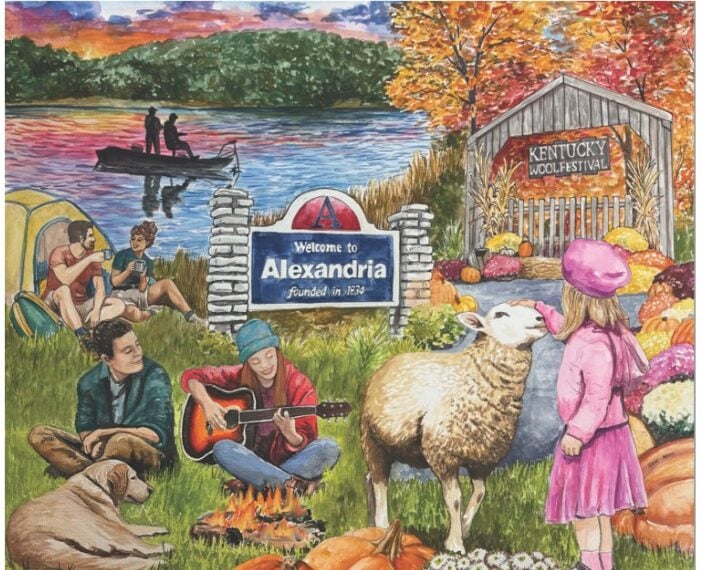
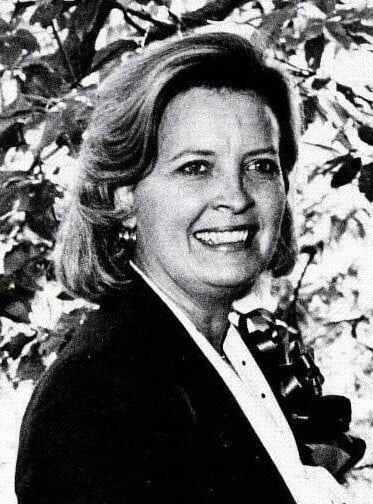

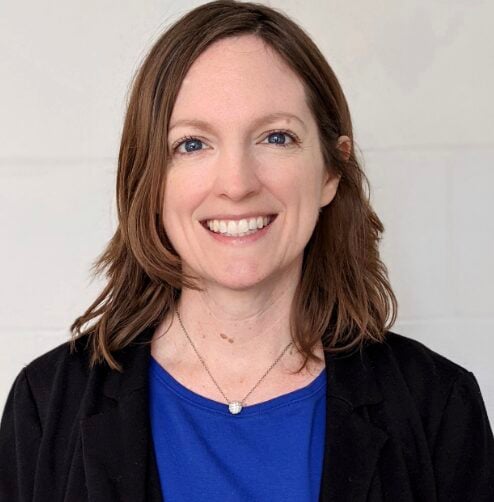
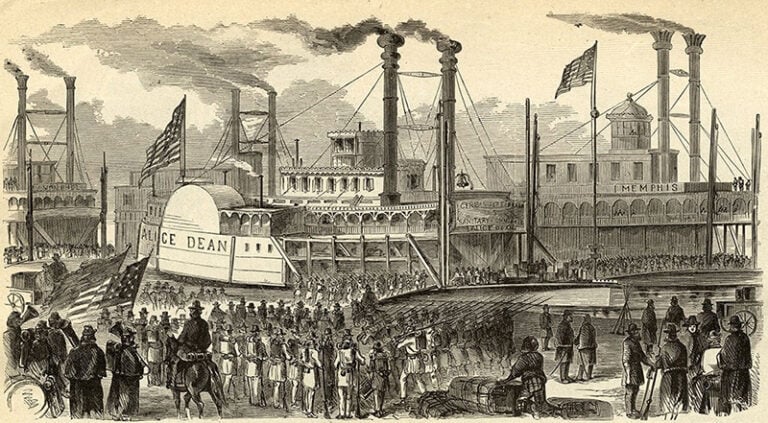


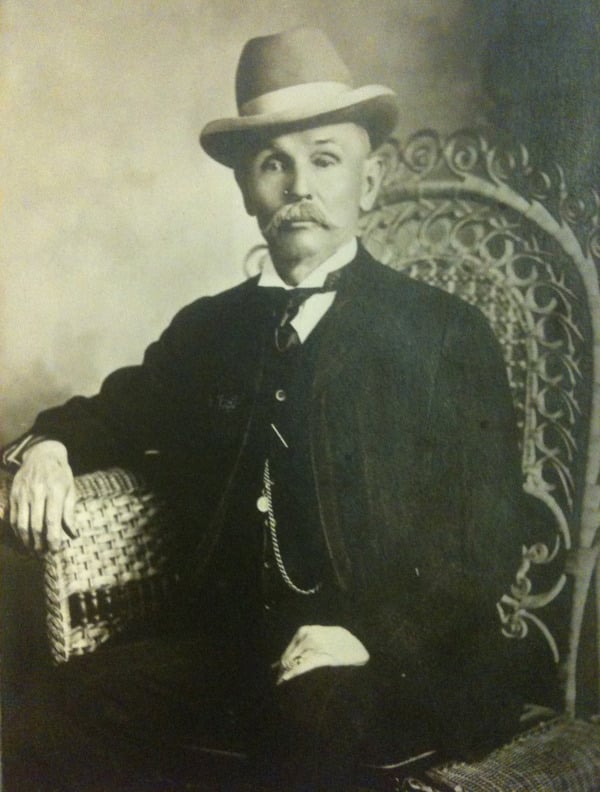
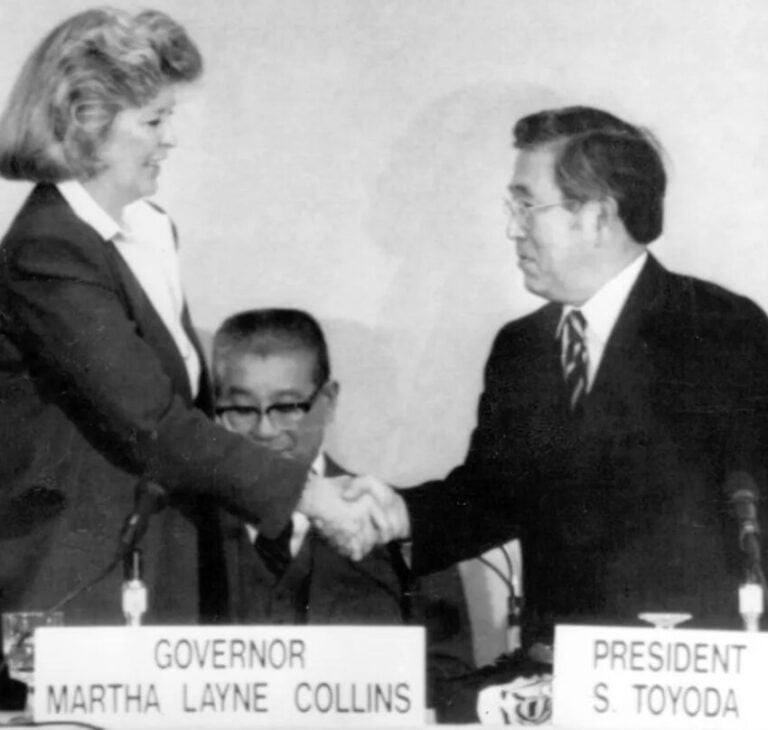
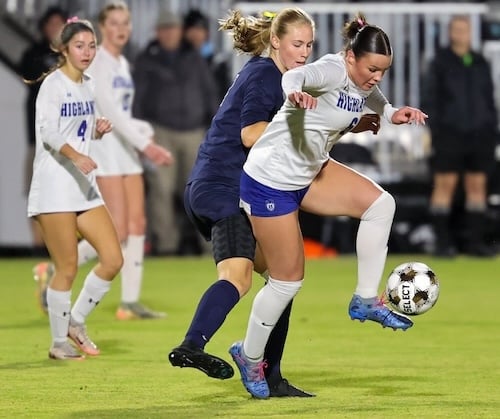

Kudos to Dr. Tenkotte! I am amazed at the research involved in the writing of this article. I hope NKU and the NKY community appreciate him as the great historian he is.
Kudos to Dr. Tenkotte! I am amazed at the research involved in the writing of this article. I hope NKU and the NKY community appreciate him as the great historian he is.